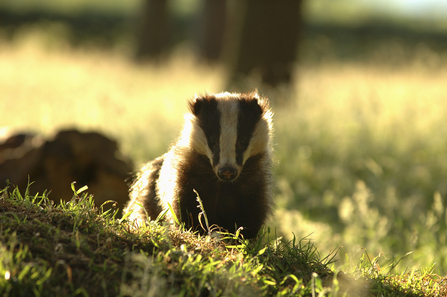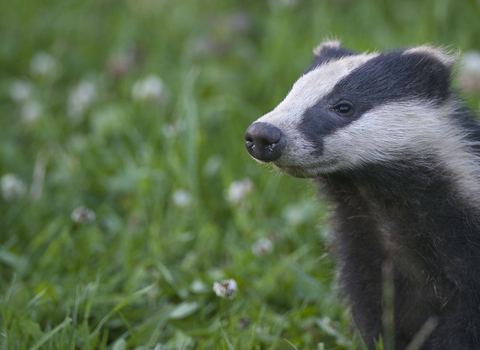In the last two weeks, almost 37,000 people have let the Government know their views on current proposals to carry on shooting badgers as part of the cull in England until at least 2025.
By the end of the cull, it's quite possible that nearly 300,000 badgers out of an estimated population of 485,000 will have been shot. That is a truly shocking thought for a species that is protected by law.
We take inspiration and comfort knowing so many people have taken the time to #StandUpForBadgers - and our badgers now need our help more than ever.
Below are just a few of the powerful comments that people have sent to the Government. The question is - are they listening?



